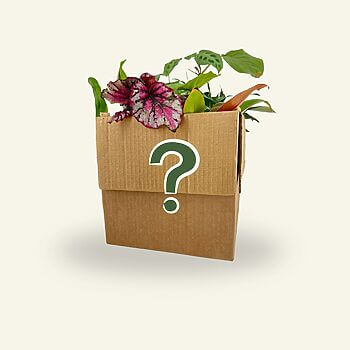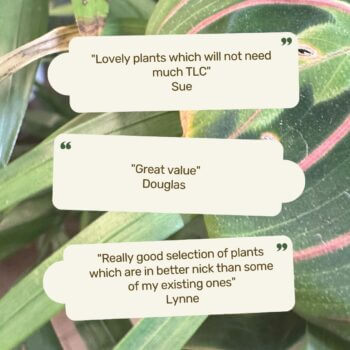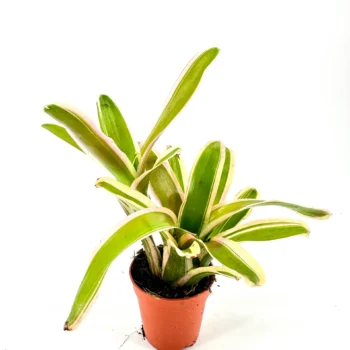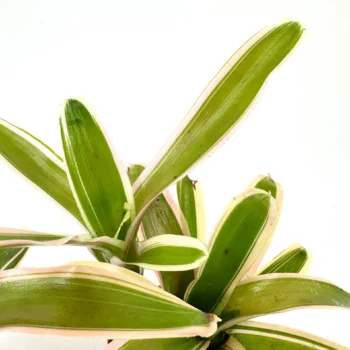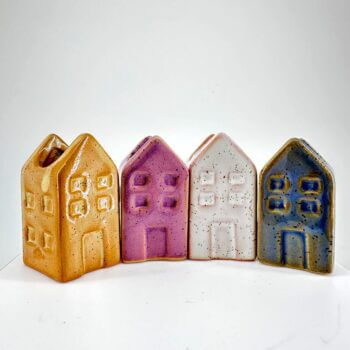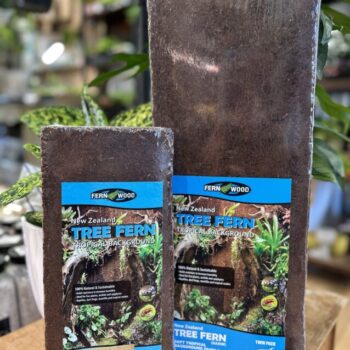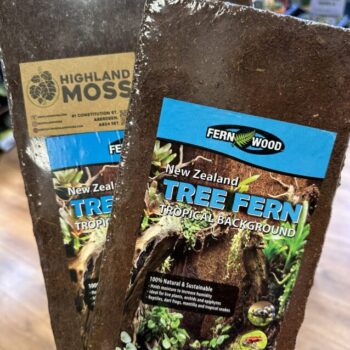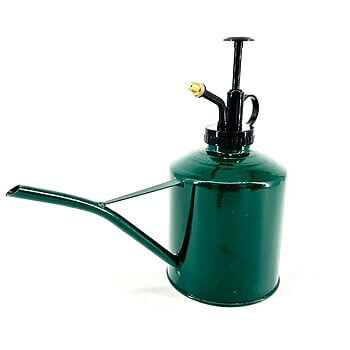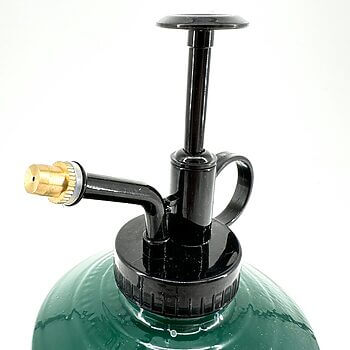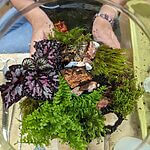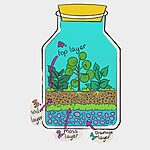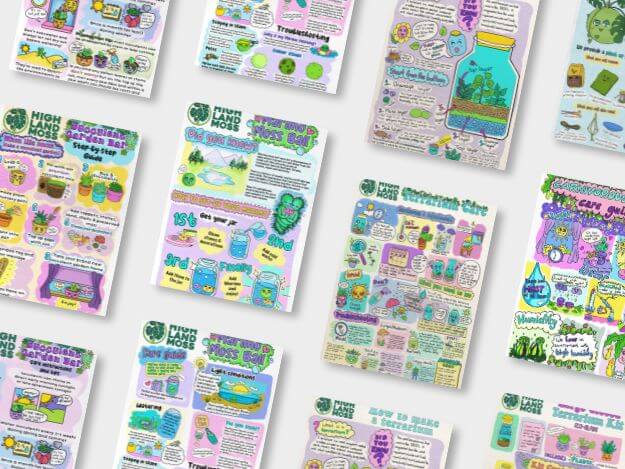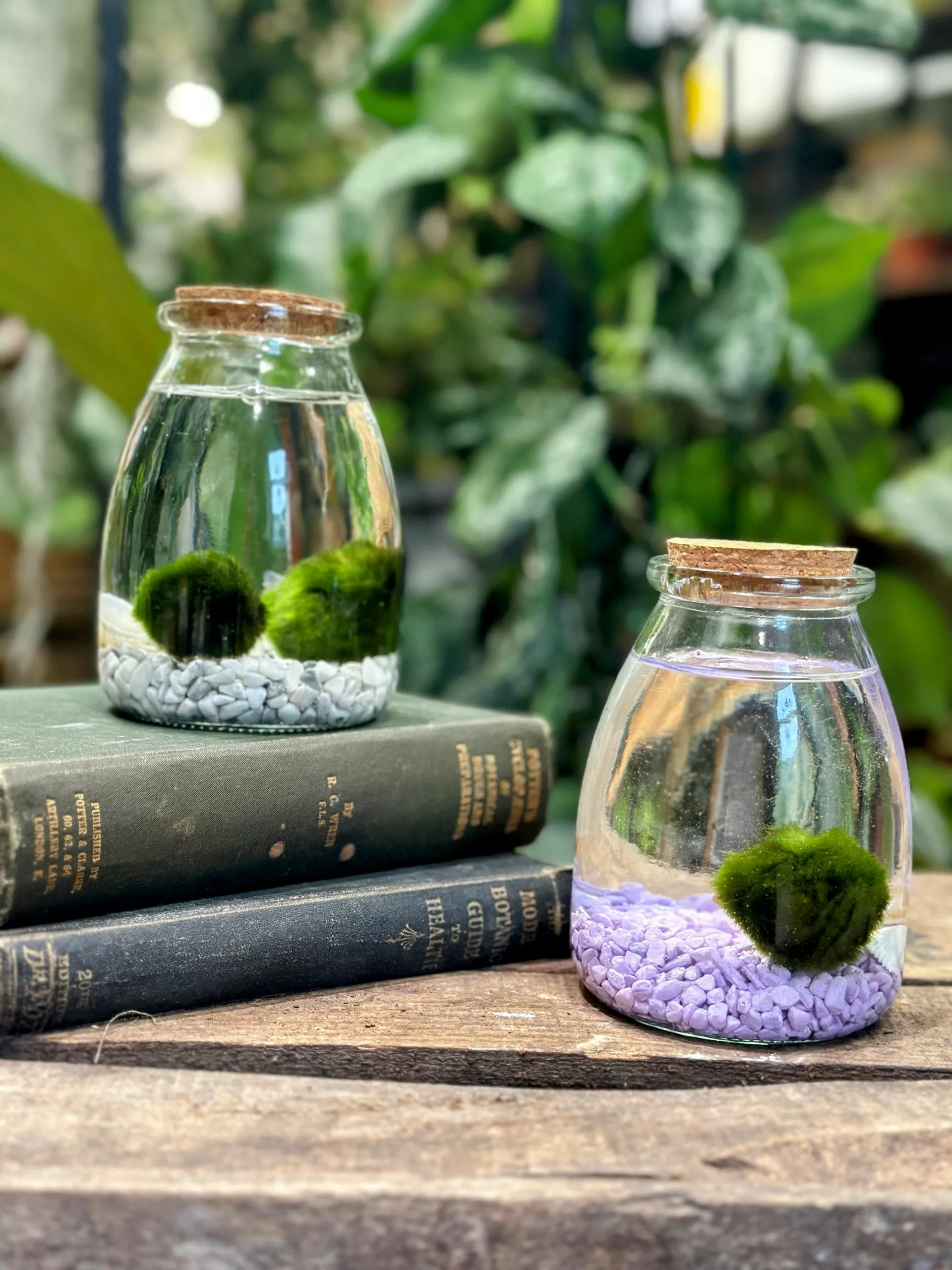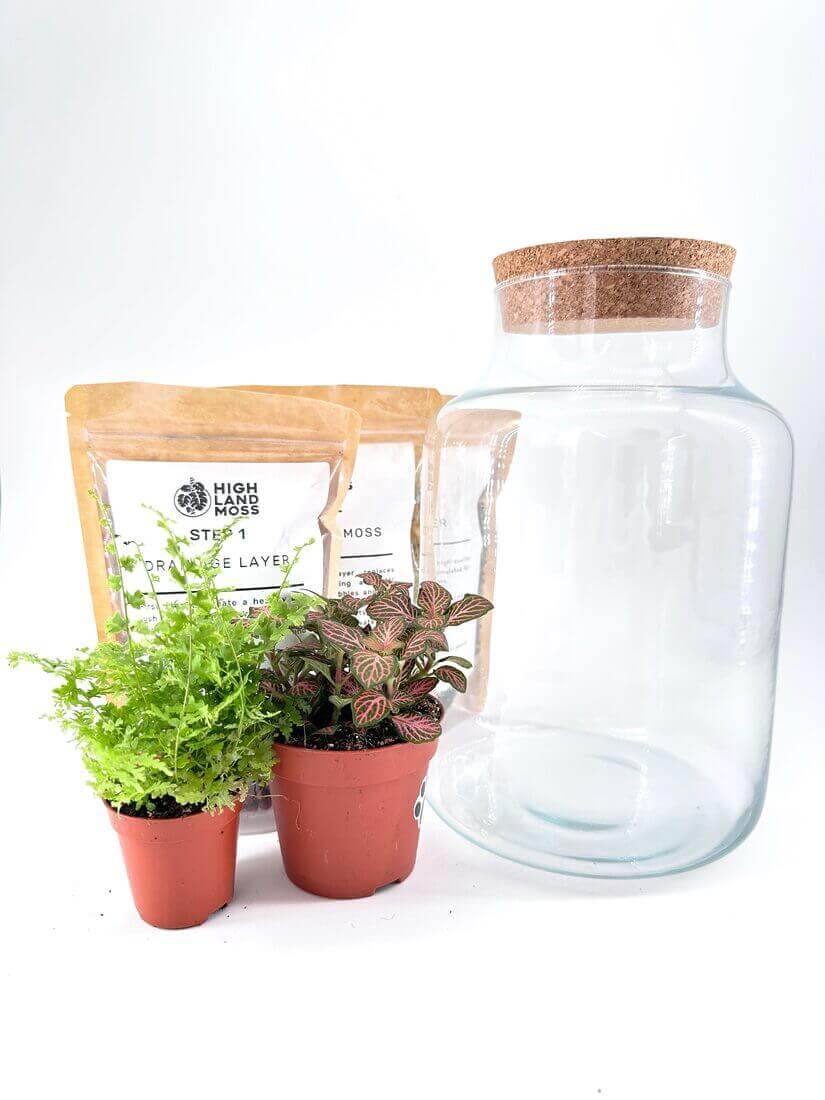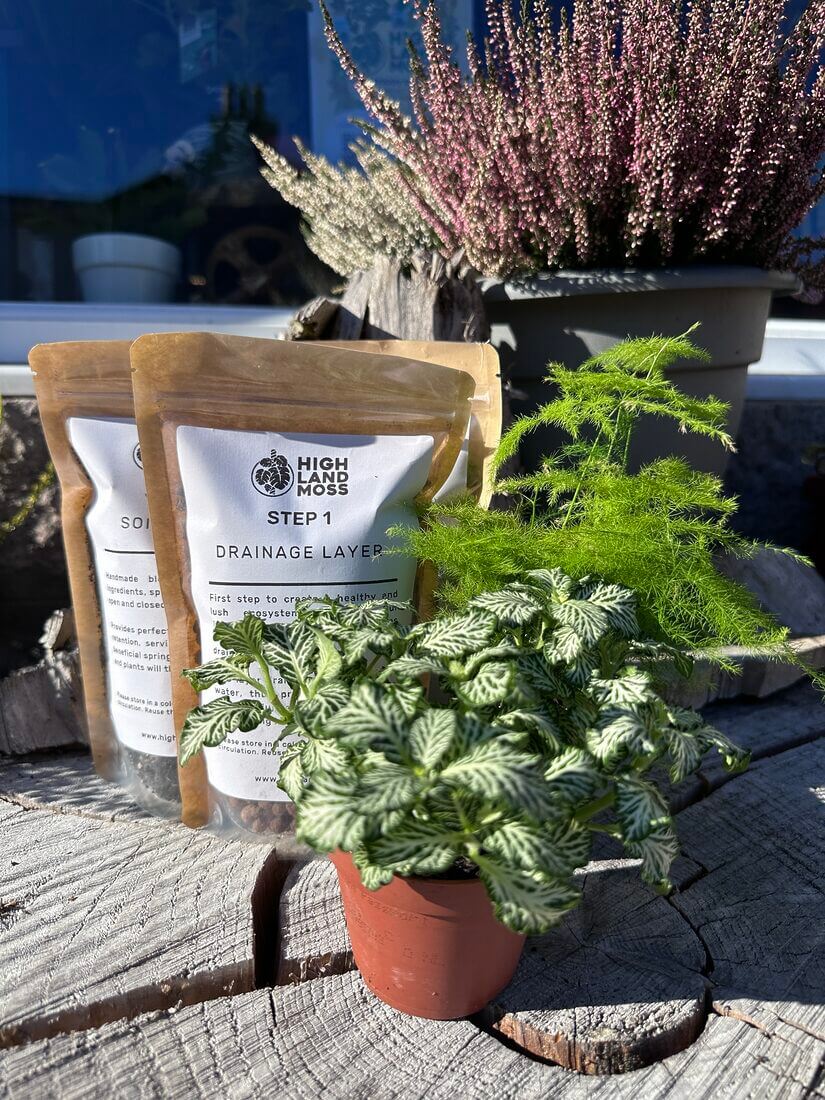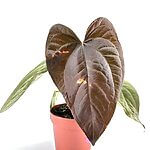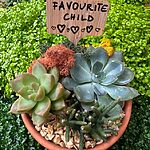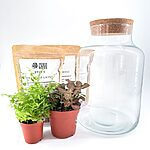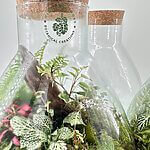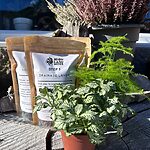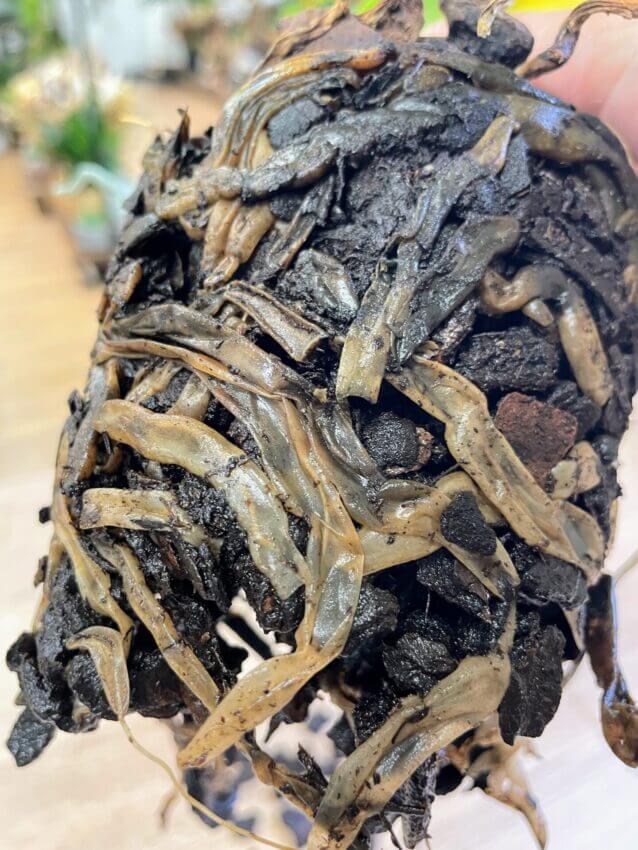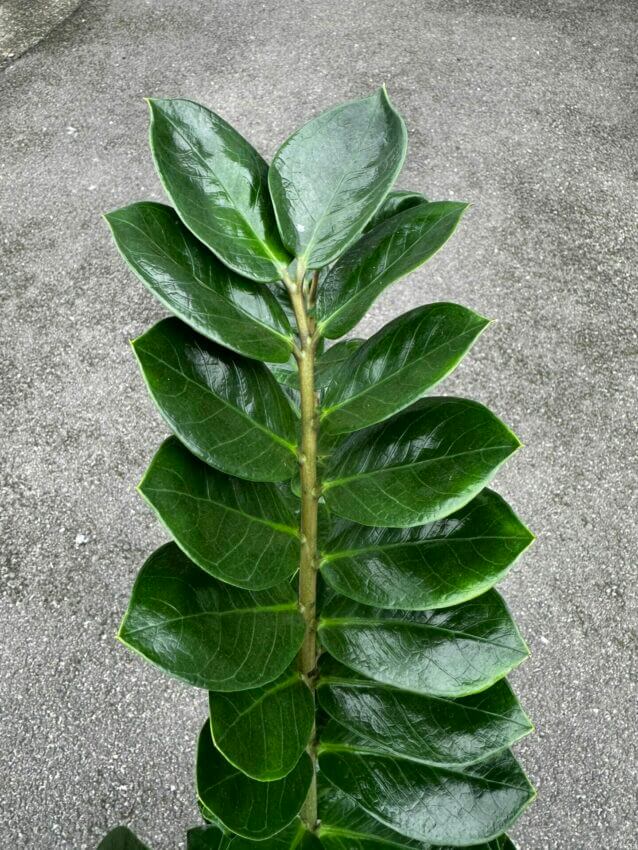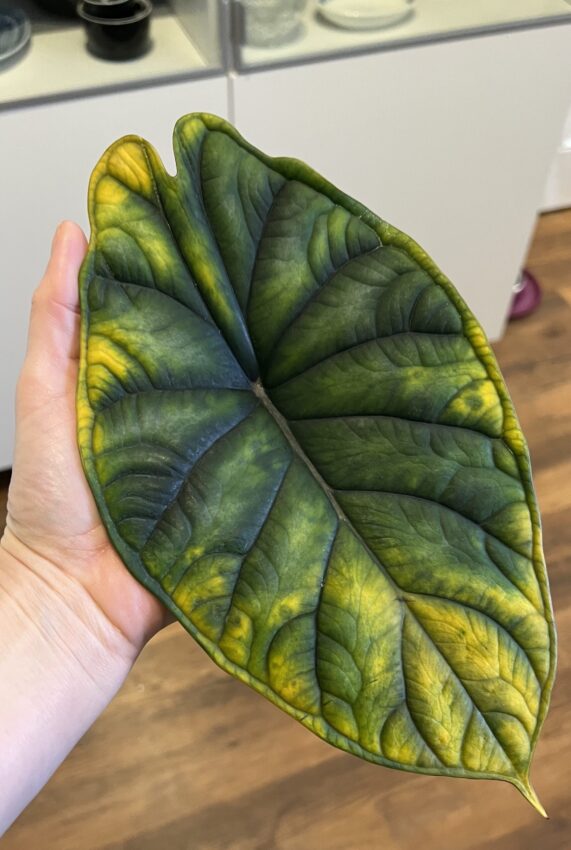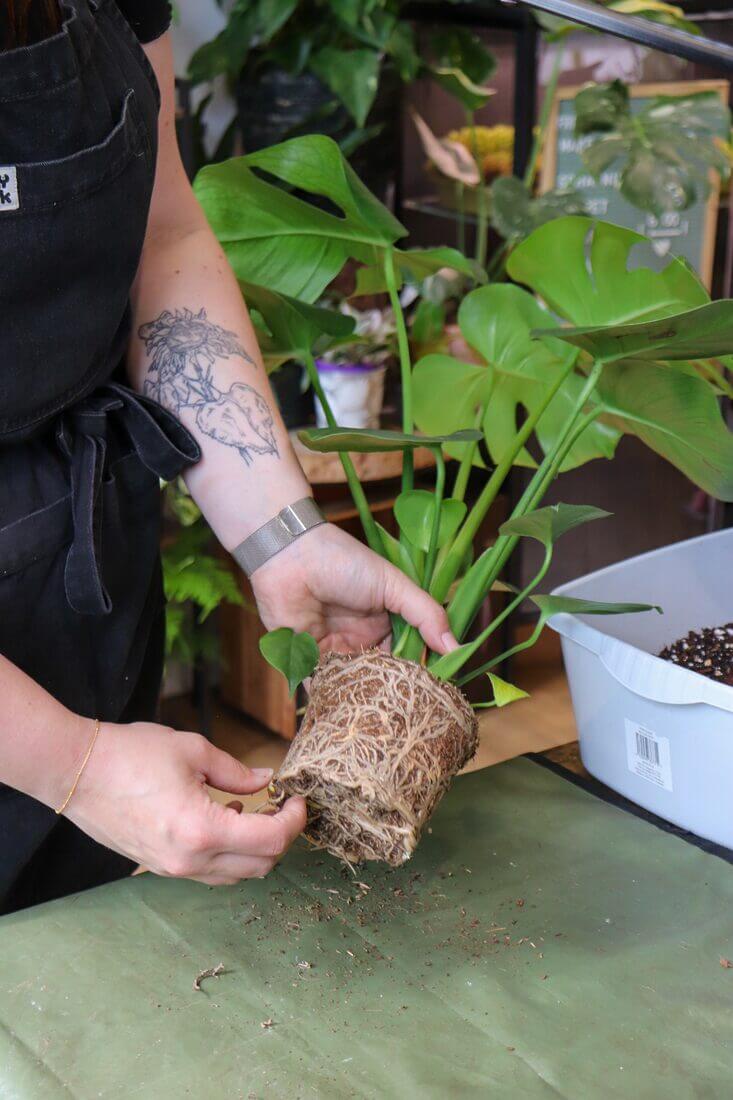If you are struggling to tell if your plant needs repotted then let us help you out
We always say that plants speak to us! Maybe not verbally but definitely they have a way to communicate with us. The way they grow and react can indicate what they need.
Plants typically need to be repotted every 12 to 18 months, depending on how actively they are growing. Some slow growers can call the same pot home for years, but will just require a soil replenishment. Spring, before the start of the growth season, is usually the best time to re-pot your houseplants.
Plant repotting checklist
Use the below checklist to see if your plant needs a fresh pot, if you answer YES to even one question then it is time to repot.
How frequently should I repot?
Most plants should be repotted every 1-2 years, some slow growers less often. Mature, large plants don’t have to be repotted very often but it is good to change the soil to freshen up without increasing the pot size.
Benefits of repotting plants
Regulary repotted plants have access to fresh soil, full of nutrition which allows your green friend to grow happy and healthy. Fresh soil will be also lighter and loose which allows oxygen to access roots, helping to prevent root rot.
Moving plants into a larger container will give them the extra space to grow.
When repotting a plant it is also easier to separate plants babies which may be moved into their own containers and as a result you will have even more plants!
During the repotting process it is easier to check roots for rot, remove unhealthy roots and make space for new ones.




